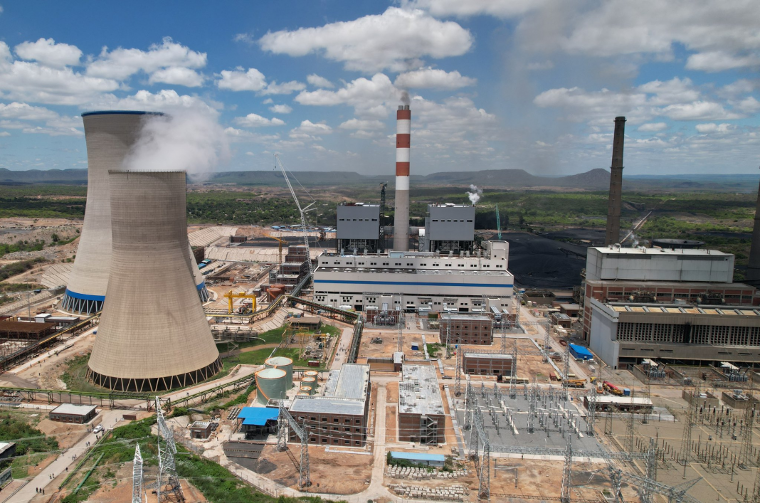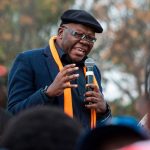 Hwange’s new Unit 7 power station started a key phase yesterday after engineers began linking it to the national grid, a major step towards completion.
Hwange’s new Unit 7 power station started a key phase yesterday after engineers began linking it to the national grid, a major step towards completion.
As the numbers on the monitors ticked over, engineers cheered as they reached a milestone that has been severely delayed by COVID-19 as well as payment and supply delays over the past two years.
“I pay tribute to the project manager Engineer Forbes Chanakira and a team of nearly 200 young engineers for a job well done,” said ZESA executive chairman Sydney Gata.
But what does this all mean?
During generator synchronisation, the engineers make sure that power factors, such as voltage and others, match what is already on the grid. Any mismatch would be a danger to the grid, the plant, and even engineers themselves.
As one of the engineers explained: “It is like joining two flowing rivers, making sure the water flows at the same speed, at the same level.”
Do we now have 300MW on the grid?
Not yet. According to engineers, further tests are needed to make sure that the unit is running smoothly. They expect the tests to run until at least June, according to Amos Marawa, an engineer who coordinates national projects in the Office of the President and Cabinet.
During the synchronisation that began on Monday, the engineers let the generator run in stages, and they planned to let it run up to 100MW by midnight. They would then switch the unit off to do more checks. They will repeat this process over the coming weeks, according to Chanakira, the engineer who has led the expansion project.
As a reminder of the risks still faced by the engineers, the tests were suspended hours after they began due to an emergency. Officials said they expected to resume today.
What does this mean for load shedding?
The 300MW that Unit 7 will add to the grid, when the process is done, may help improve power supply. However, it will not be the end of power shortages for consumers facing long hours of loadshedding.
Demand for power is already over 2000MW, and rising. This means that even when both new Hwange units come on stream, adding a total of 600MW, Zimbabwe will still have a big power gap to fill.
According to Gata, ZESA has applications of at least 2350MW for extra electricity. This is more than the country’s current installed capacity. Most of these applications are from the mining sector, which needs power for new operations and expansion projects. Among these is the energy-hungry new Dinson steel project, which alone needs over 500MW immediately for its first phase.
When the new Hwange units come online eventually, ZESA will start taking the older units offline to fix them.
That project, funded by a US$310 million loan from the Export-Import Bank of India, is meant to extend the life of Hwange’s six existing generator units. The project will take up to five years. When complete, the units would add up to 880MW.- NewZWire
(162 VIEWS)

